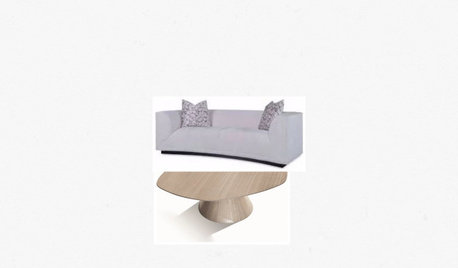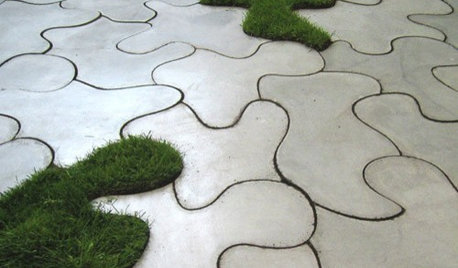using coconut fiber
walt_grower
15 years ago
Featured Answer
Sort by:Oldest
Comments (19)
bilberrybrian
15 years agojoe.jr317
15 years agoRelated Professionals
Ballenger Creek Landscape Architects & Landscape Designers · Garden City Landscape Architects & Landscape Designers · Rossville Landscape Architects & Landscape Designers · South Elgin Landscape Architects & Landscape Designers · Brooklyn Center Landscape Architects & Landscape Designers · Manchester Landscape Contractors · Tempe Landscape Contractors · Athens Landscape Contractors · Beverly Hills Landscape Contractors · Longview Landscape Contractors · Middleton Landscape Contractors · Plymouth Landscape Contractors · Tehachapi Landscape Contractors · The Woodlands Landscape Contractors · Maplewood Landscape Contractorshinkson
15 years agogarysgarden
15 years agowalt_grower
15 years agogarysgarden
15 years agosnowmanny
15 years agowalt_grower
15 years agohydroponica
15 years agodsepulveda_artifibras_com
15 years agoveracan
14 years agojean-luc
14 years agobotsmaker
13 years agohomehydro
13 years agojoe.jr317
13 years agosantaforest_gmail_com
13 years agohalfway
13 years agohomehydro
13 years ago
Related Stories

RUGS6 Great Places for a Natural Fiber Rug
One rug fits all: See where and why you can use this foot-friendly, understated accent
Full Story
REMODELING GUIDESFiber Cement Siding Takes a Front Seat
Not just a wood or vinyl substitute, fiber cement is a stellar siding choice in its own right for modern home exteriors
Full Story
REMODELING GUIDESSeal the Deal With Fiber Cement Siding
Chameleon-like, durable and low maintenance, fiber cement gives home exteriors of all shapes and styles a winning edge
Full Story
DECORATING GUIDESTextile Textbook: Know Your Natural Fibers
Whether you desire fresh linen sheets or a swanky mohair rug, Mother Earth has you covered
Full Story
GREEN DECORATINGGo Cuckoo for Coconut Furniture and Surfaces
Crack open a lesser-known ecofriendly design option: tiles, flooring, tables and more made from coconut shell and palm wood
Full Story
DESIGN DICTIONARYGFRC
Glass fibers make this reinforced concrete lighter and slimmer for use in architecture and furniture
Full Story0

DECORATING GUIDES8 Modern Uses for Classically Beautiful Linen
Possibly the ultimate neutral, linen is a natural fabric choice for rooms both elegant and casual
Full Story
DECORATING GUIDES11 Wonderful Ways to Use Wool Around the Home
Natural and durable, wool is a stylish and practical choice for upholstery, rugs and bedding
Full Story
FURNITUREUse Wicker and Rattan for a Tropical Flavor All Year Round
Find out more about what separates — and unites — these classic materials
Full Story
PRODUCT PICKSGuest Picks: Concrete Ideas for Patios and Decks
Look to lightweight fiber cement for functional outdoor furniture and accessories that are heavy on style
Full Story






pacs